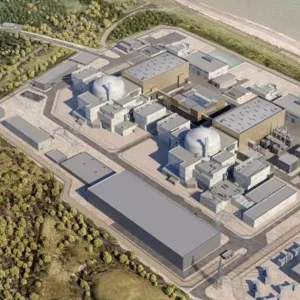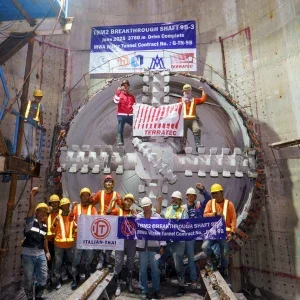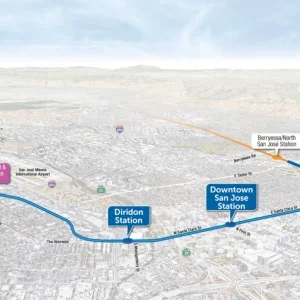Japan’s transport ministry has ordered an urgent probe after five sections of concrete fell from the wall of the Kitakyushu rail tunnel on the Sanyo Shinkansen (bullet train) line just two months after the tunnel passed safety tests (Oct ’99, p8).
West Japan Railway (JR West) has already set up a task force to investigate the incident that halted all services between Hiroshima and Hakata for about ten hours.
The rail company confirmed the tunnel had been inspected in August as part of countrywide checks on all bullet train tunnels. These were ordered after a section of concrete fell down, ripping a 12m long section of roof in a speeding bullet train in June.
In the latest incident, JR West found five pieces of concrete, weighing a total of 226kg lying on the ground during early morning inspections in the 11.7km long tunnel in Kitakyushu, Fukuoka prefecture on October 9.
JR West said walls of the Kitakyushu tunnel were checked on July 12 and 17, but no problems were detected. The company announced on August 4 that all its tunnels were safe for ‘ten years’ after carrying out remedial work and completing checks on all structures.
But it has emerged checks were made only for cold jointed areas, responsible for causing earlier incidents, and not the entire tunnel structures. The rail company said the broken concrete was part of an overhanging section formed where the wall meets the curved roof and was left in place because JR West believed it would not affect train operations.
JR West president Shojiro Nanya said: "Since the Fukuoka Tunnel accident, we have made every effort to make sure that something like this would not happen again. We will do our best to tackle the problem of ensuring safety and restoring confidence as soon as possible."
The latest problems with JR West have prompted further checks by JR East on its Tohoku, Joetsu and Nagano bullet train lines, which have 162 tunnels. A spokesman said: "We will take necessary measures including checking the tunnels’ safety one more time."







